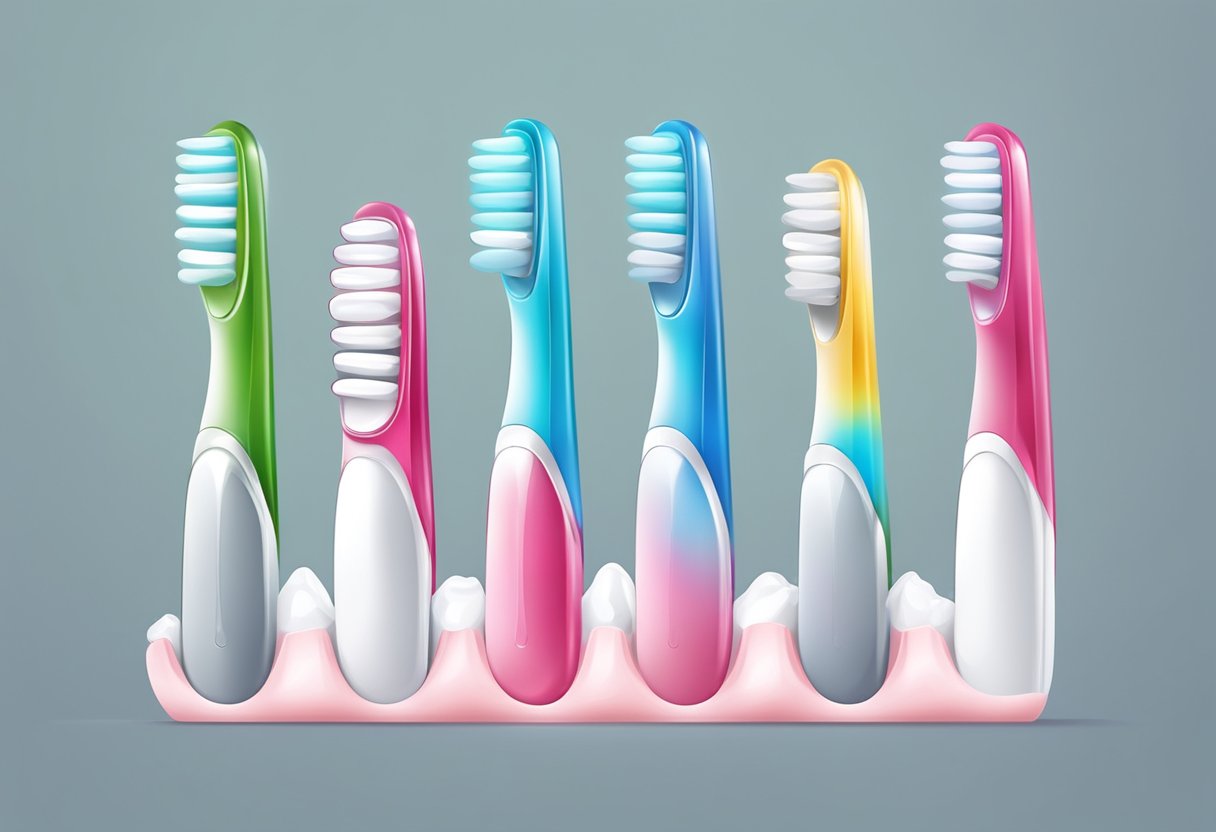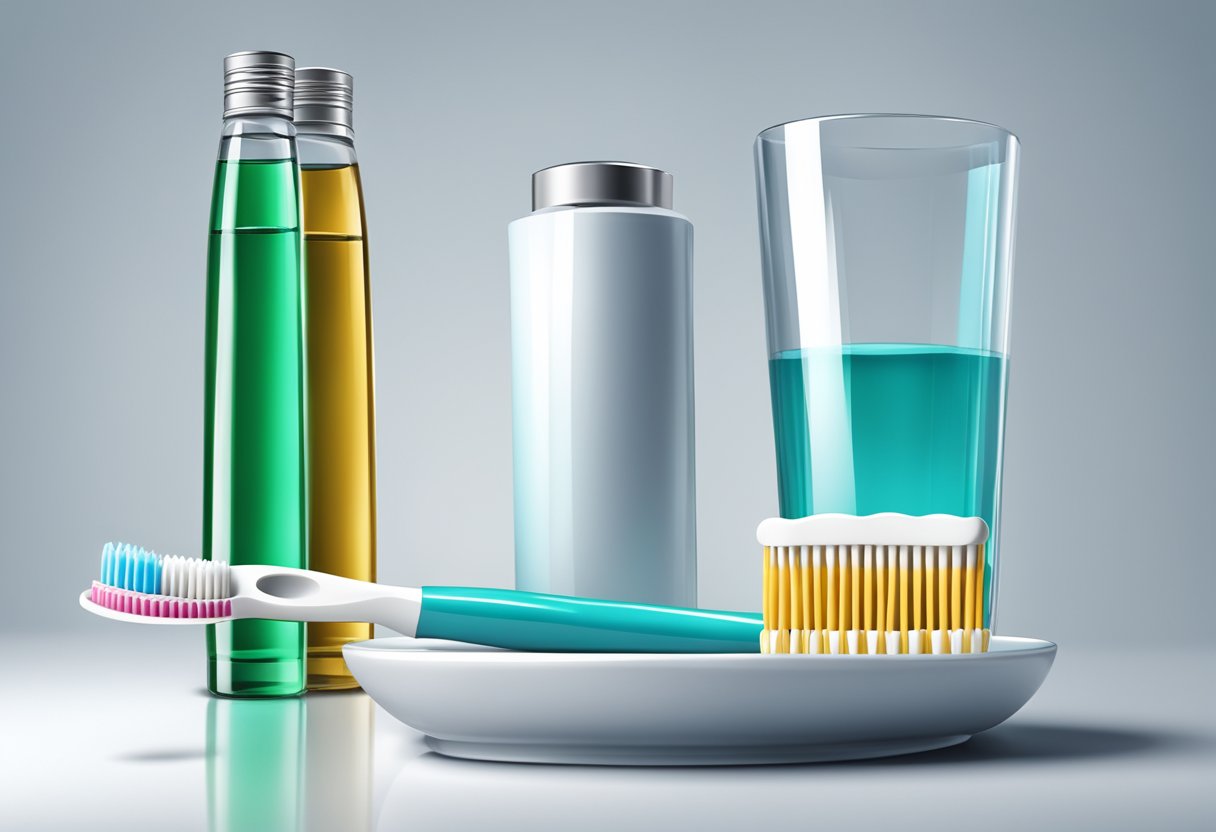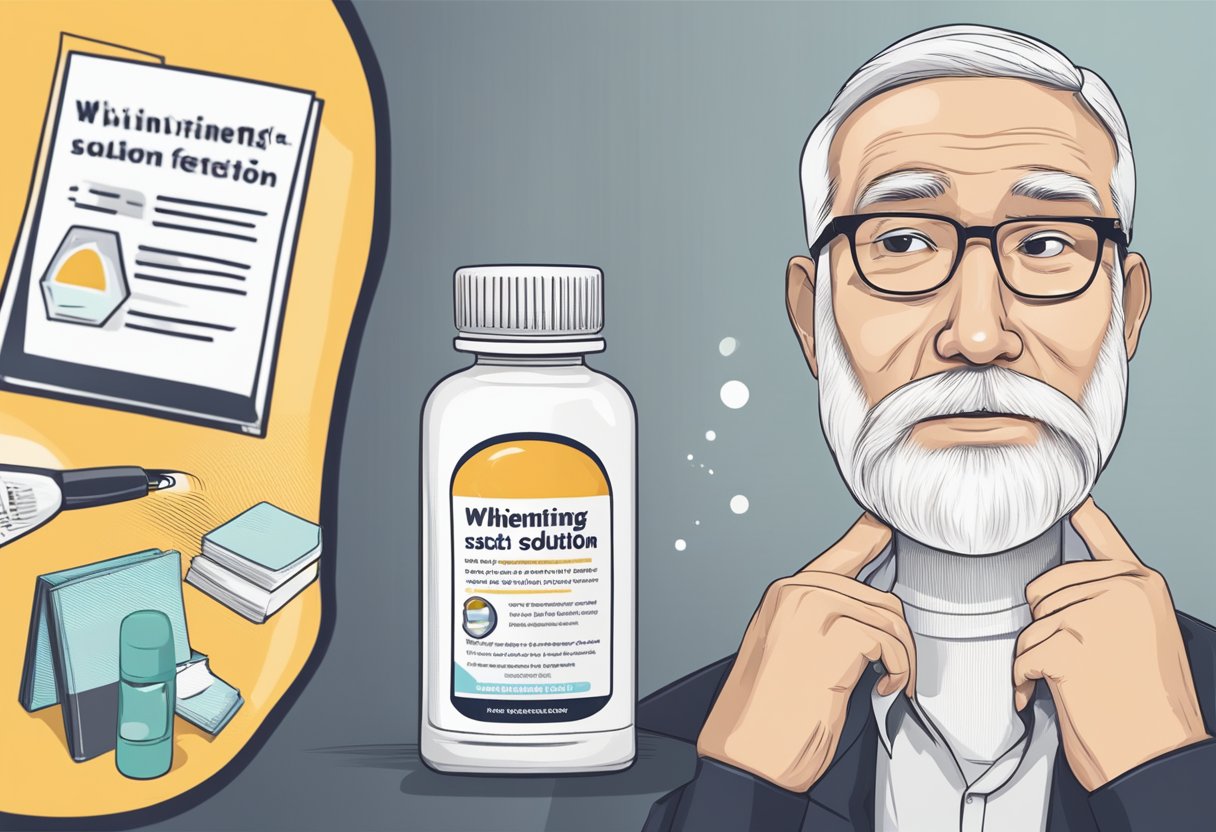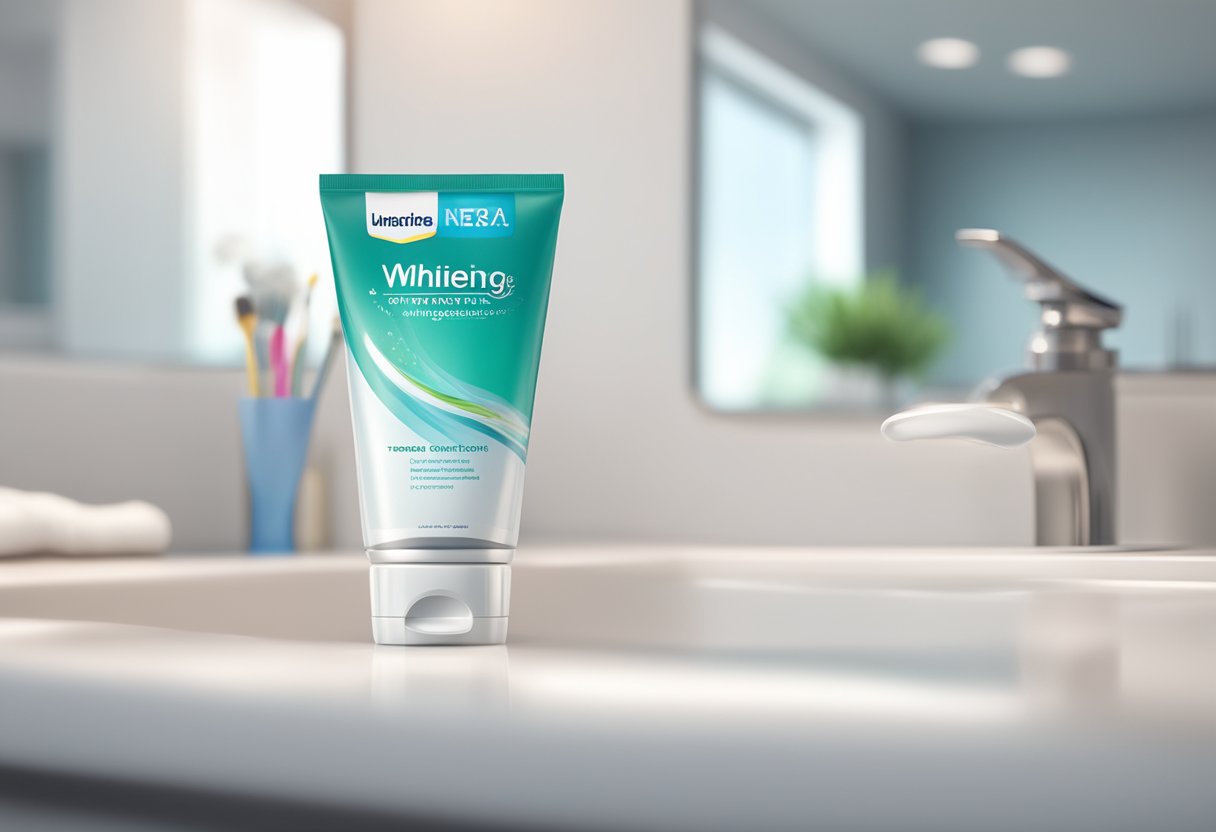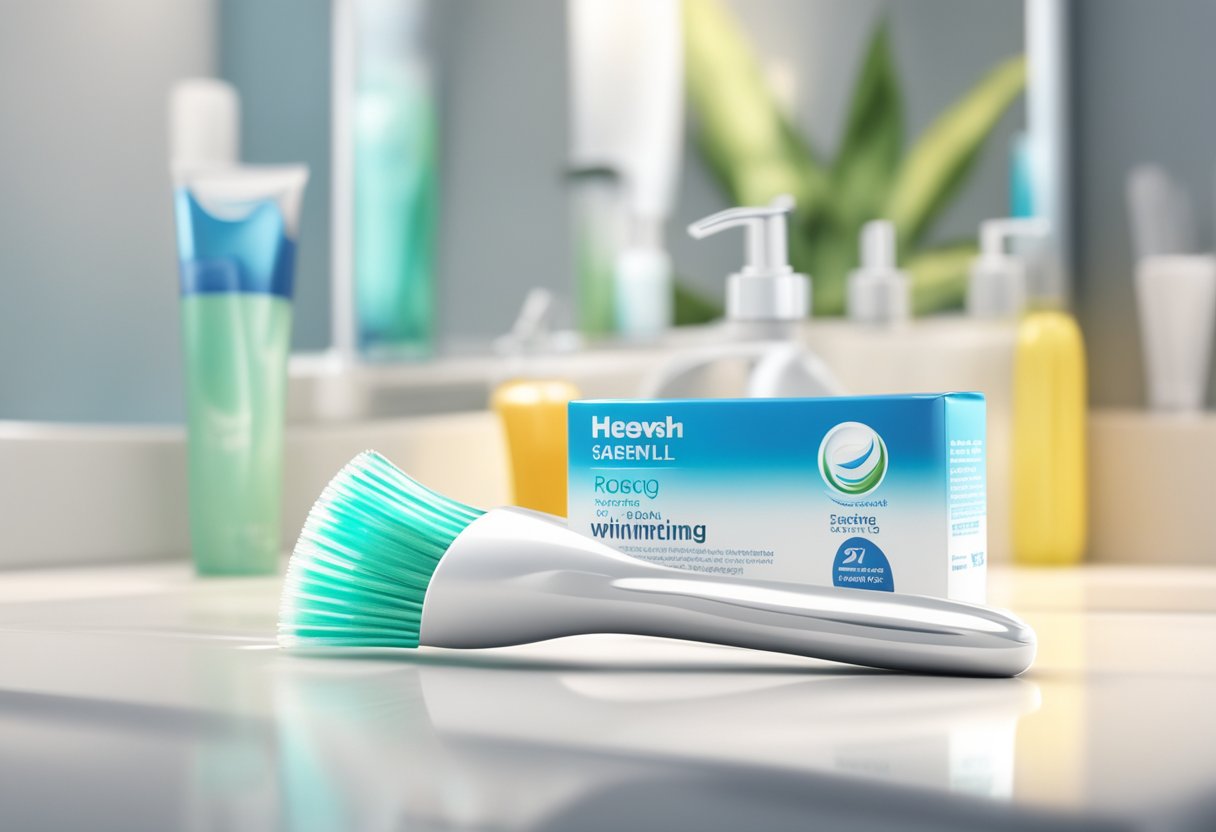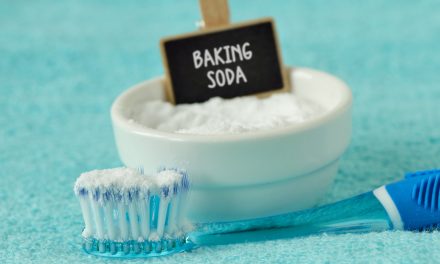Achieving a brighter smile is often a coveted goal. Whiter teeth not only contribute to a more aesthetically pleasing appearance but can also boost confidence. There are various methods to whiten your teeth, ranging from professional treatments to at-home remedies. Each method comes with its own set of considerations, including effectiveness, cost, and potential side effects.
Understanding the options for teeth whitening is crucial before deciding on a course of action. Professional options typically involve bleaching agents and specialized lights or lasers, while at-home methods might utilize over-the-counter products or natural remedies. Maintaining optimal oral hygiene is essential to preserve the results of teeth whitening and should be considered a part of any whitening regimen.
Key Takeaways
- Teeth whitening can enhance the appearance of your smile and boost confidence.
- A variety of professional and at-home options are available for teeth whitening.
- Good oral hygiene is vital for maintaining whitening results.
Understanding Teeth Whitening
Teeth whitening is a process aimed at lightening discolorations and improving the appearance of teeth. It tackles various stains and can transform a smile from dull to dazzling.
Causes of Tooth Discoloration
Tooth discoloration can occur due to a range of factors. Aging is a natural cause, as teeth may yellow as the enamel wears down over time. Lifestyle choices, such as the consumption of tobacco, coffee, tea, and red wine, as well as certain staining foods, also contribute to discoloration.
Types of Tooth Stains
Tooth stains fall into two main categories:
- Extrinsic stains: These are surface-level stains affecting the enamel. They are usually caused by dark-colored beverages like coffee, tea, and red wine.
- Intrinsic stains: These stains lie within the tooth and can result from trauma, aging, or exposure to certain minerals and compounds during tooth formation.
Teeth Whitening Methods Overview
There is a variety of teeth whitening methods available:
- Over-the-counter products, such as whitening toothpaste, can help remove extrinsic stains gently.
- Professional treatments at a dentist’s office, involving stronger bleaching agents for more significant discoloration.
- At-home bleaching kits are approved by dental professionals, and are tailored to remove both extrinsic and intrinsic stains over time.
Each method varies in effectiveness, cost, and time required to see results.
Professional Teeth Whitening
Professional teeth whitening offers various methods to achieve a brighter smile under the supervision of dental professionals. These treatments typically utilize stronger whitening agents for effective results.
In-Office Bleaching
In-office bleaching is performed by a dentist using highly concentrated peroxide gels. Sessions usually last about an hour, and significant whitening can be achieved in a single visit. This method often uses a specialized light or laser to enhance the bleaching action of the peroxide.
- Method: Application of high-concentration peroxide gel
- Duration: Approximately 60 minutes
- Results: Often immediate
- Cost: Higher compared to at-home kits
Custom-fit Whitening Trays
Dental professionals can provide custom-fit whitening trays for at-home use. These trays are filled with a bleaching gel and are designed to fit snugly over the teeth, allowing for even coverage and reduced gum irritation.
- Method: Use of peroxide gel in tailor-made trays
- Frequency: Recommended as per dentist’s instructions
- Results: Gradual, visible over days or weeks
- Cost: More affordable than in-office bleaching
Pros and Cons of Professional Whitening
The advantages of professional whitening include:
- Pros:
- Faster results compared to over-the-counter products.
- Stronger, professional-grade bleaching agents.
- Supervision by dental professionals ensures safety.
However, there are also considerations to take into account:
- Cons:
- Higher cost than home whitening kits.
- Potential for increased tooth sensitivity post-treatment.
- Not suitable for everyone, including those with dental restorations or intrinsic staining.
At-Home Whitening Options
Achieving a brighter smile can be accomplished with numerous at-home teeth whitening solutions, which range from over-the-counter products to natural remedies. These methods can provide varying results and users should select products based on their individual needs and teeth sensitivity.
Over-the-Counter Products
One popular method includes whitening strips, which are coated with a gel that often contains hydrogen peroxide or another whitening agent. Users apply these strips to their teeth for a specified period, usually ranging from a few minutes to an hour. For a more customized approach, whitening trays can be used. These trays, similar to mouthguards, hold a whitening solution and are placed over teeth for a certain duration.
Whitening Toothpaste
Whitening toothpastes are formulated with mild abrasives that help remove surface stains from teeth. They may contain chemical agents that provide additional stain removal effectiveness. Regular whitening toothpaste can lead to gradual teeth whitening, making them a convenient option for daily oral care.
Natural Whitening Methods
For those seeking alternatives to chemical products, natural remedies such as baking soda can serve as gentle abrasives for stain removal. Another standard method is a solution of hydrogen peroxide, which acts as a mild bleach, to whiten teeth. Individuals need to use these substances with caution to avoid damaging tooth enamel.
Essential Oral Hygiene Practices
Maintaining a bright smile involves more than just occasional whitening; it requires consistent and thorough oral hygiene practices. These daily routines are the frontline defense against the buildup of plaque and bacteria, which can lead to tooth discoloration and gum disease.
Daily Brushing Techniques
Proper brushing twice a day is vital for removing plaque and minimizing the risk of gum disease. Individuals should use a soft-bristled and fluoride toothpaste, angling the brush at 45 degrees towards the gums. Here is a simple guide for effective brushing:
- Wet the toothbrush and apply a pea-sized amount of toothpaste.
- Position the brush at a 45-degree angle to the gums.
- Gently move the meeting in a circular motion, brushing the outer surfaces of each tooth.
- Use the same action on the inside surfaces and the chewing surfaces.
- Brush your teeth for at least two minutes, ensuring all areas are covered.
The Role of Flossing
Flossing daily is just as important as brushing because it removes food particles and plaque that a toothbrush cannot reach. Flossing should be done with care to avoid harming the gums:
- Break off about 18 inches of floss and wind most of it around one finger.
- Wind the remaining floss around the same finger on the opposite hand to collect the used floss.
- Hold the floss tightly between your thumbs and forefingers.
- Guide the floss between teeth using a gentle rubbing motion; never snap the floss into the gums.
- Curve the floss into a C shape against one tooth and slide it into the space between the gum and the tooth.
Consistency in these practices, along with regular dental cleanings, will help maintain a whiter, healthier smile.
Potential Risks and Side Effects
When considering teeth whitening, it’s important to be aware of possible risks and side effects. Though teeth whitening can be safe and effective, there can be instances of tooth sensitivity, gum irritation, and enamel damage.
Tooth Sensitivity
Teeth whitening can lead to increased tooth sensitivity. This is often a temporary effect but can cause discomfort when consuming hot or cold foods and drinks. A study reflected in the Verywell Health article shows that most individuals experience few or no side effects, yet some may encounter heightened sensitivity post-treatment.
Gum Irritation
Whitening agents, when in contact with the gums, may irritate. This is due to peroxide-based bleaching agents used during the whitening process, which might affect the soft tissue, leading to temporary redness and soreness.
Enamel Damage
Prolonged use of whitening products without professional guidance can lead to enamel damage. To avoid this risk, ensuring that products are used as directed is crucial. Enamel erosion can increase the risk of decay and sensitivity. Therefore, consultation with a dental professional is advised, as mentioned in the Cleveland Clinic advice on teeth whitening safety.
Whitening For Sensitive Teeth
When whitening sensitive teeth, choosing suitable products and following specific protocols is vital to ensure comfort and effectiveness.
Choosing the Right Products
Selecting a whitening product that minimizes discomfort is essential for individuals with sensitive teeth. Products containing lower concentrations of hydrogen peroxide are generally recommended, as they are less likely to cause sensitivity issues. There are also options for peroxide-free whiteners that might not be as powerful but can be more comfortable for those with delicate teeth. Some manufacturers provide whitening systems formulated especially for sensitive teeth to balance efficacy with comfort. Choosing a product laced with fluoride can also help strengthen tooth enamel and reduce the potential for sensitivity caused by whitening.
Sensitive Teeth Protocols
In addition to selecting the right whitening product, individuals with sensitive teeth should adhere to certain protocols. Dentists suggest reducing the frequency of whitening applications—moving to every other day if discomfort arises—and lowering the duration of each application to lessen sensitivity. They might also recommend using a sensitivity toothpaste or a fluoride mouth rinse before and after the whitening process to provide an additional protective barrier for the enamel. Taking an over-the-counter pain reliever before treatments can preempt discomfort, ensuring a more tolerable experience. It is, however, important not to overlook the advice of dental professionals who can provide tailored strategies to cope with teeth whitening pain and maintain dental health.
Lifestyle Factors Affecting Whiteness
The color of one’s teeth can be significantly impacted by various lifestyle choices, particularly diet, beverages, and tobacco products. These factors can lead to extrinsic stains, which lie on the surface of the teeth.
Diet and Beverages
Individuals should be aware that certain foods and beverages play a pivotal role in the discoloration of teeth. For example:
- Coffee and tea are rich in tannins, which can cause yellowing when consumed frequently.
- Red wine: Known for its deep pigmentation, it can lead to noticeable staining over time.
Smoking and Tobacco Use
Smoking and the use of tobacco are detrimental not just to overall health, but also to oral aesthetics. They contain tar and nicotine, which can cause teeth to take on a yellow or brownish tone.
Natural Remedies and Alternatives
Exploring natural remedies and alternatives for teeth whitening includes options like oil pulling and the use of certain fruits. These methods are sought after for their minimal side effects and accessibility.
Oil Pulling
Oil pulling is an ancient practice where one swishes oil, typically coconut oil, in the mouth for an extended period. This method is believed to remove toxins and improve oral health, potentially leading to whiter teeth. Coconut oil is favored for its pleasant taste and high lauric acid content, which is known for its ability to reduce inflammation and plaque.
Fruits with Whitening Properties
Some fruits have natural enzymes that may contribute to teeth whitening. For instance, strawberries contain malic acid, which could help remove superficial tooth stains. Similarly, eating pineapples may have a whitening effect since they contain an enzyme called bromelain, an effective stain remover, according to some studies.
- Baking Soda: Another natural remedy regularly touted for its whitening abilities is baking soda. Baking soda is a mild abrasive which can help scrub away surface stains on teeth.
- Usage Tips: When using fruits as a natural whitening agent, it’s suggested to mash them into a paste and apply them directly to the teeth. However, moderation is vital to preventing any potential damage to the enamel.
Maintaining Whiteness Post-Treatment
After whitening your teeth, adhering to a maintenance routine is crucial to ensure the longevity of your results. This involves professional care and periodic treatments at home.
Regular Dental Cleanings
Regular dental cleanings are essential; they help maintain oral hygiene and prolong the effects of teeth whitening. Dentists recommend that individuals should schedule cleanings every six months. During these visits, dental professionals remove plaque build-up and surface stains, which could otherwise diminish the bright appearance of whitened teeth.
Touch-Up Treatments
Touch-up treatments are an effective way to maintain the whiteness achieved from the initial treatment. The frequency of these touch-ups can vary depending on dietary habits and oral hygiene practices. For optimal results, one may use over-the-counter products or receive professional treatments as their dentist advises. Touch-up kits specifically designed to whiten teeth can help sustain the desired level of whiteness between professional whitening sessions.
Debunking Teeth Whitening Myths
Teeth whitening is often surrounded by misconceptions that can mislead consumers. It’s vital to separate myth from fact to ensure safe and effective procedures.
- Myth 1: All whitening methods are equally effective.
- The effectiveness of whitening methods varies; some home remedies may not be as effective as professional treatments.
- Myth 2: Whitening damages tooth enamel.
- When done correctly, teeth whitening is safe and does not harm tooth enamel. However, misuse or overuse can lead to enamel erosion.
- Myth 3: Teeth will stay white forever after whitening.
- The results of whitening are not permanent, and habits like smoking or consuming staining foods and drinks can affect longevity.
- Myth 4: Natural solutions are always safe.
- Natural does not always mean safe. Despite their whitening properties, acidic fruits such as lemons can be harmful to enamel.
- Myth 5: Professional and at-home gels are the same.
- Professional whiteners usually have a higher concentration of the active bleaching agent and should be administered by a dentist.
Teeth whitening can include a variety of methods, from over-the-counter products to professional procedures. One common active ingredient is hydrogen peroxide, a bleaching agent. Some whitening products also contain fluoride, which can help maintain oral health.
It’s imperative to consult with dental professionals before choosing a whitening method to avoid the risks associated with incorrect use of whitening chemicals. By dispelling myths and relying on proven dentist-approved ways, individuals can achieve brighter smiles without compromising their dental health.
Understanding Legal and Product Safety
When seeking to whiten one’s teeth, it is important to understand the regulatory environment governing whitening agents and to be able to identify products that are safe for use.
Regulations on Whitening Agents
Regulatory bodies, such as the FDA in the United States, set forth rules to ensure the safety and efficacy of teeth-whitening products. These regulations often pertain to the concentration and delivery of whitening agents like hydrogen and carbamide peroxide. Over-the-counter teeth whitening products typically contain lower concentrations of peroxide, adhering to legal limits to guarantee safety for consumer use. For example, in some jurisdictions, the maximum allowed concentration of hydrogen peroxide in over-the-counter products maybe 0.1%.
Recognizing Safe Products
Identifying safe products involves checking whether they comply with the regulations of health authorities. Safe products include those that list their active ingredients clearly and provide usage instructions that mitigate the risk of overuse or misuse. Products with carbamide peroxide must also outline specific guidelines, as this agent releases hydrogen peroxide at a slower rate. Consumers should look for reputable brands that have a history of product safety and are transparent about their formulations. Additionally, seeking products that have received endorsements or certifications from dental associations can be an indication of product safety.
Frequently Asked Questions
This section provides detailed answers to common queries on teeth whitening, offering insights into natural remedies, the safety and effectiveness of whitening kits, and methods for protecting enamel during the whitening process.
What natural remedies can I use to whiten my teeth?
Natural remedies like baking soda or certain fruits can help remove surface stains on the teeth. However, their effectiveness can vary, and they typically offer more subtle results than professional treatments.
Are teeth whitening kits safe to use, and how effective are they?
Teeth whitening kits can be safe and effective when used as directed. The key is to follow the product instructions carefully to prevent gum irritation and tooth sensitivity.
Is it possible to achieve noticeably whiter teeth overnight, and how?
Achieving noticeably whiter teeth overnight is unlikely with at-home treatments. Professional treatments administered by a dentist can offer faster results but usually require multiple sessions.
How can I use baking soda to brighten my smile?
Baking soda can brighten your smile by gently scrubbing away surface stains when used as a toothpaste alternative. One should not overuse it as it can be abrasive to enamel over time.
What is the role of hydrogen peroxide in teeth whitening?
Hydrogen peroxide acts as a bleaching agent in many whitening products, helping to break down and remove stains on the surface of the teeth for a whiter appearance.
How can I lighten the color of my teeth without harming the enamel?
To lighten teeth without harming the enamel, it’s essential to use products that are specifically designed for safe teeth whitening or professional services provided by a dentist who can ensure the health of one’s tooth enamel while achieving brighter teeth.


